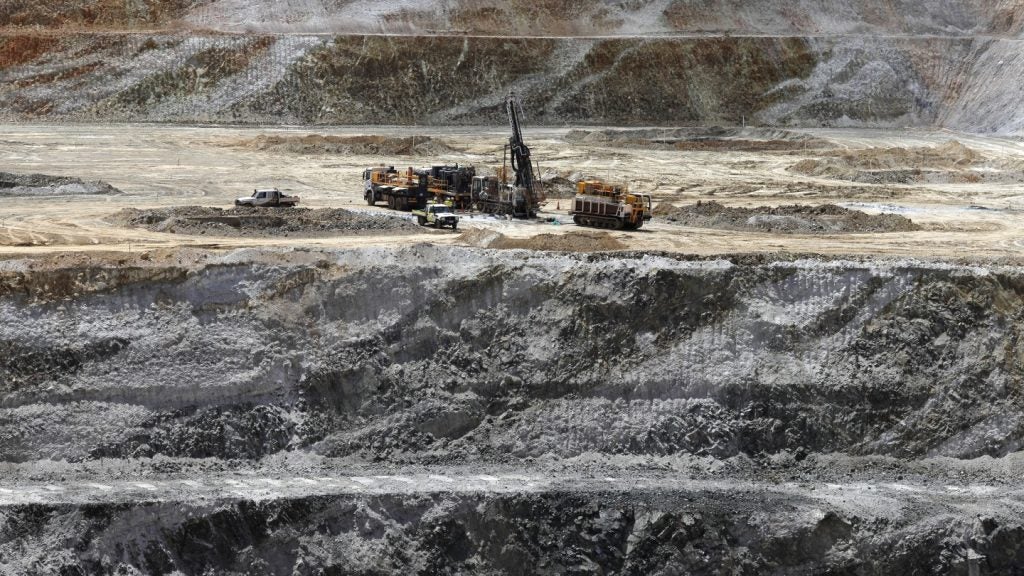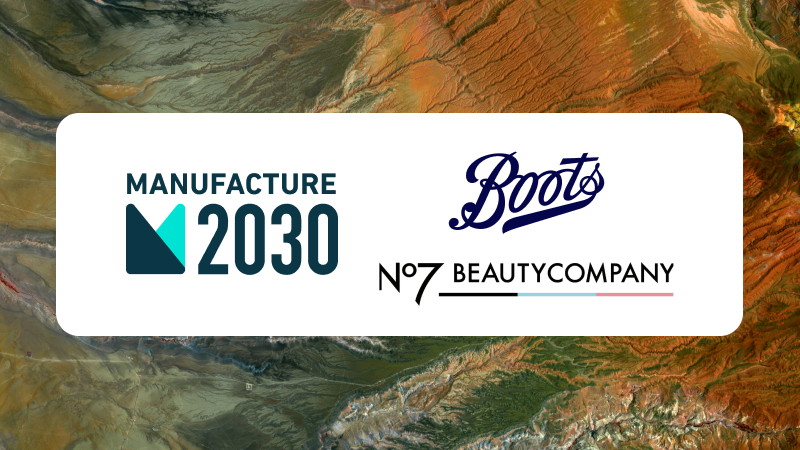Scientists in Australia say they have developed a new method of ‘fingerprinting’ lithium, a major breakthrough in tracing the supply chains of minerals which are critical for the green energy transition – and the cause of rampant geopolitical tensions.
The fingerprinting technique, never before managed with lithium, detects unique chemical properties in the mineral that indicate which country and even which mine site each sample comes from.
Researchers from the John de Laeter Centre at Curtin University, Western Australia, say they are using “lithium isotopes, strontium isotopes and others” to verify the lithium’s Australian provenance, Nikkei Asia reported today (7 June).
Why is mineral fingerprinting so important?
Fingerprinting is academically regarded as one of the most effective and accurate methods for identifying geographical origin, sample year and mineral quality.
While “reporting on mineral origins is not new”, according to Isabel Al-Dhahir, principal thematic analyst at GlobalData, lithium fingerprinting has never previously been achieved.
Australian government officials and mineral company executives now await a predicted step-up in interest from Europe, as the EU eyes up its vast natural resources.
“In 2021, the EU brought into effect the Conflict Mineral Regulation, under which guidelines EU companies must carry out due diligence on the origin of certain minerals,” Al-Dhahir tells Mining Technology. “Lithium is not currently included. However, the EU is a strong advocate of corporate ESG reporting standards. Therefore, the ability to trace the origin of the lithium used could strengthen trade relations with companies looking to sell into the EU market.”
Canberra knows its worth in the industry.
Last week, the Australian government signed an agreement with the EU to build “resilient and sustainable” critical mineral supply chains and “align international mineral pricing with high ESG standards.”
This followed Canberra’s announcement last month that it has earmarked $3.85m for mineral trade efforts to realise a green premium. Australia has already poured billions into its critical mineral infrastructure and markets.
Why will tracing lithium processed in China remain “difficult to achieve”?
The impact of lithium fingerprinting extends beyond mineralogy.
Australia is the world’s leading lithium producer – by far. It mines more than 55,000 tonnes annually, approximately 51.7% of global lithium output, which is then used in energy storage systems and rechargeable batteries for EVs.
Australia also contains the second-largest amount of lithium (23.9% of global reserves), surpassed only by Chile (35.8%), a country which has long symbolised Latin America’s untapped potential in critical mineral production.
Matching this vast lithium infrastructure with a method of verifying its origin like ‘fingerprinting’ has powerful geopolitical implications.
For the West, China’s strong grip on the world’s supply chains for green energy technology represents a pressing strategic risk amid global efforts to combat climate change.
Increasingly, Western governments and companies are looking to verify the provenance of lithium and other critical minerals to reduce the reliance on low-cost Chinese processing.
Irrespective of the Australian researchers’ development, “due diligence on minerals processed in China may be difficult to achieve”, according to Al-Dhahir.
“Approximately 15% of the world’s supply of lithium is mined in China but nearly 60% is processed there,” Al-Dhahir tells Mining Technology. “Coupled with US-imposed sanctions against China, this could in turn spur the development of processing facilities in other countries where ESG reporting standards are more transparent.”
With Australia’s lithium industry set to implement fingerprinting technology, Washington, Beijing and the EU will be watching closely and strategising the extent of their involvement.














